My younger son loves KimchiHe really loves spicy food and eats it quite often - but not always. That's why we sometimes like to make baek kimchi, white kimchi without chili, together. We had a household recipe for many years until I recently came across a recipe by Esther Choi. As soon as I tried it for the first time, I was convinced! Her Baek Kimchi tastes even better and is even easier to prepare.
Jump to recipeI have made a few small adjustments, for example I don't want to miss out the sweet jujube in the Baek Kimchi, but other than that the recipe follows the original by Esther Choi. If you don't know her, she is an impressive chef with Korean roots, owner of the mŏkbar in New York City and known for many great dishes.
Some of the Korean ingredients for this kimchi are not available everywhere, I have written down alternatives for you. The right time of year for this ferment is autumn, when the ingredients are in season.
White kimchi is a quick ferment
Baek kimchi should be consumed quickly and is not intended for long storage. If you want to store napa cabbage, radish or kohlrabi for a long time, I recommend you make baechu kimchi or kkakduki kimchi.
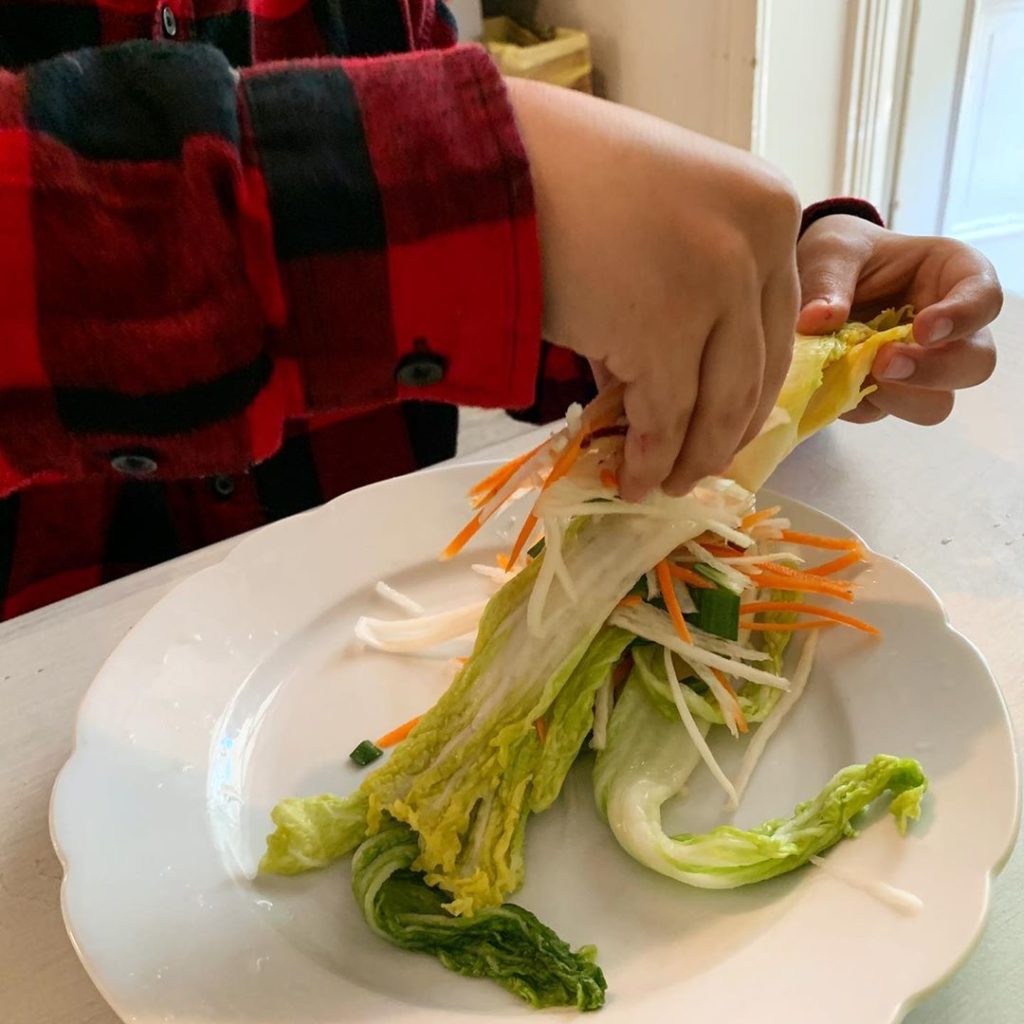
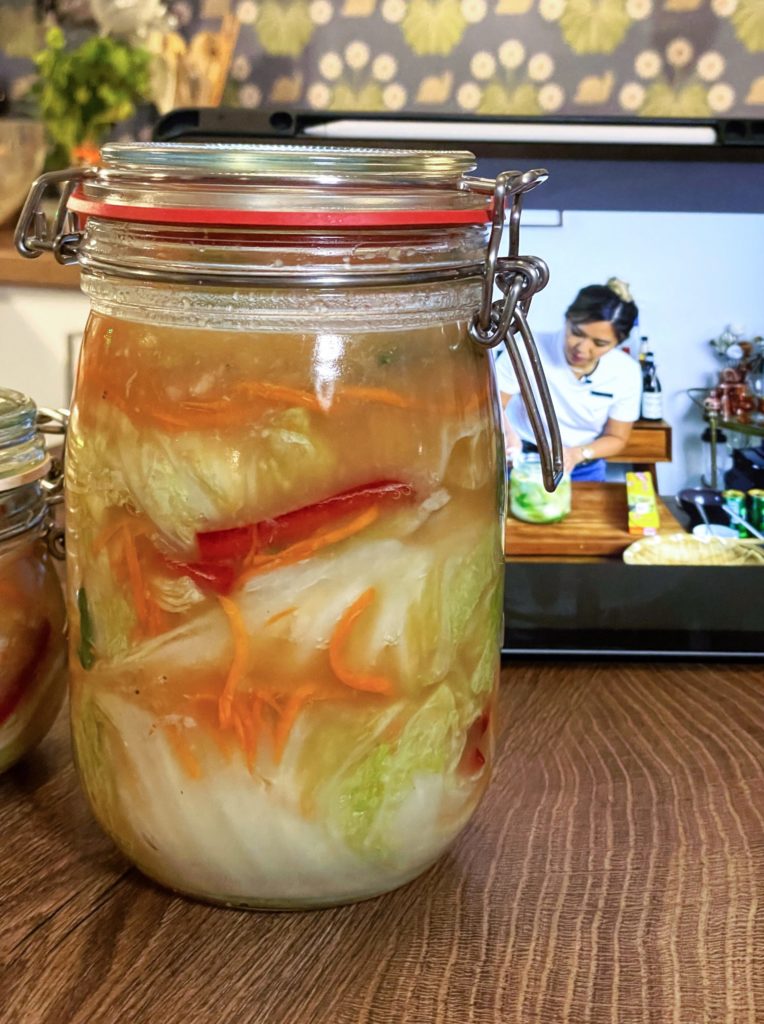
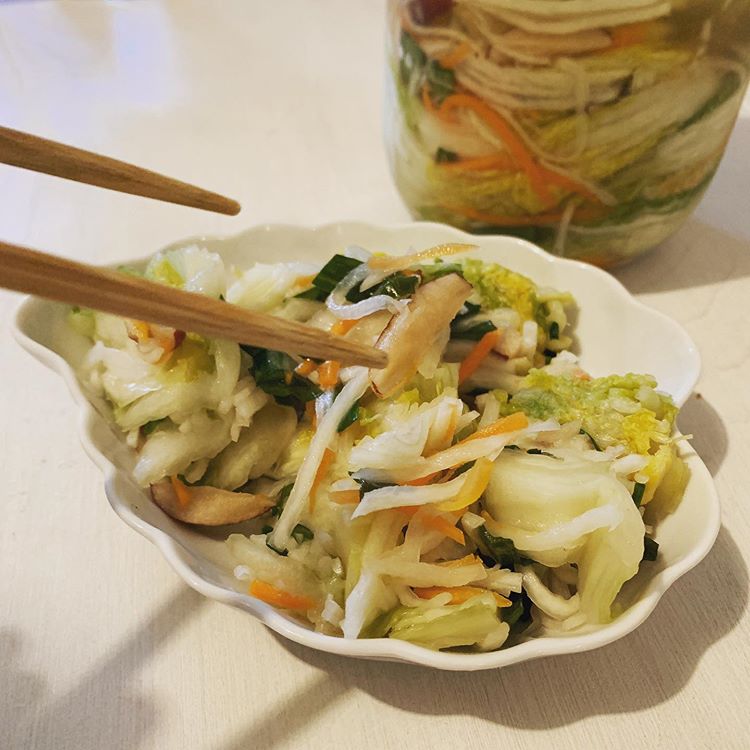
I would also like to take you on a little historical excursion to kimchi without chili.
Baek kimchi is the original kimchi
The history of Baek Kimchi goes back to a time when chili had not yet been introduced to Korea. Originally, kimchi was a preparation made from salt, vegetables and various spices. The characteristic spiciness of chili, which is part of kimchi today, did not exist. Before the introduction of chili in Korea during the late Joseon Dynasty, white kimchi was the predominant method of preparation.
The changes in the production of kimchi over time reflect Korea's culinary evolution, the integration of new ingredients and flavors into traditional Korean cuisine. While many contemporary kimchi variations focus on spiciness, baek kimchi remains an important part of Korea's diverse food culture. It is a reminder of the origins and traditions of this dish steeped in history.
The importance of baek kimchi in Korean cuisine stretches back centuries. Even today, this traditional variant is still prepared in some households and on special occasions.
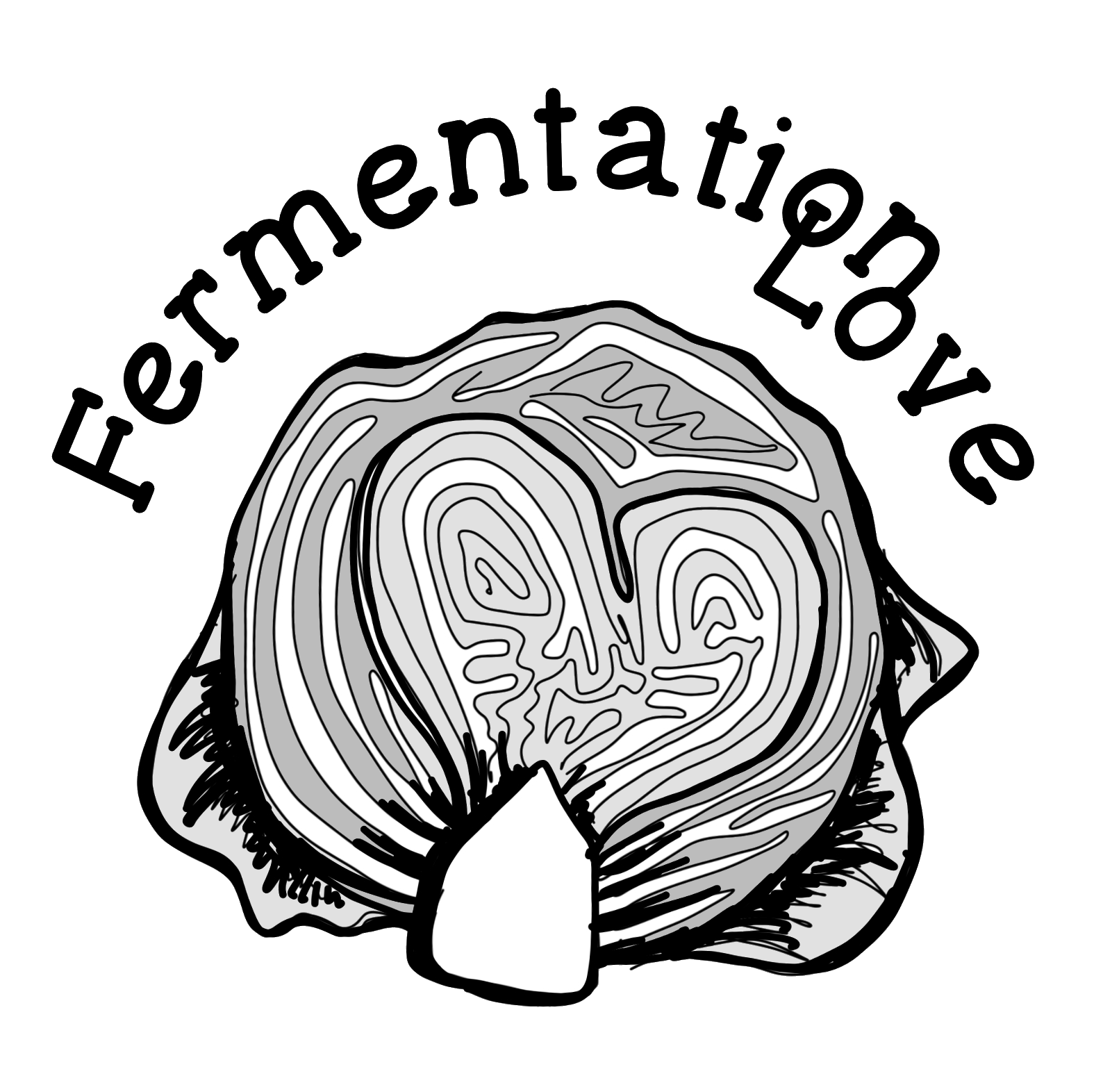
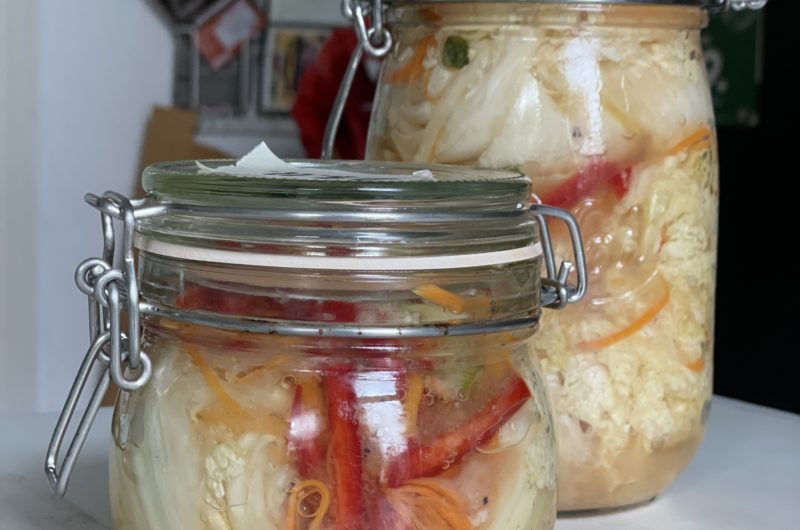
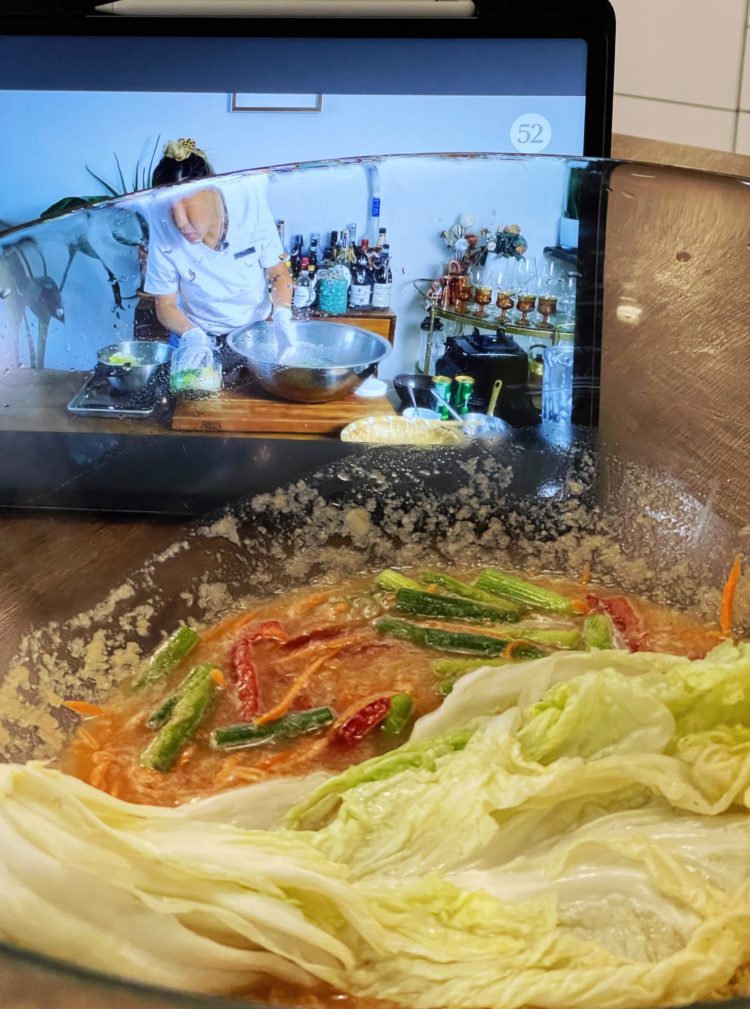
Lecker 😋,echt cool 😎.
Vielen Dank 🥰
Hey, here’s some Love from California! Dig the recipie for the non-spicy kimchi. Just gettin into the “fermentation” thing. Made it 6 days ago and it tastes GREAT!!!
Hej Jimi,
sending some love right back! California actually is my second home, I lived in Palm Desert, Idyllwild, Hemet and Venice Beach for a couple of years. I still miss the ocean and the mountains.
Keep fermenting!
Katsu
Hallo Katsu, vielen Dank für die vielen tollen Rezepte von dir. Ich habe vor einiger Zeit das Fermentiren für mich entdeckt, weil es kein Kimchi mehr zu kaufen gab in meiner Nähe. Zur Zeit experimentiere ich mit Fenchel und Roter Bete und habe festgestellt, dass es nur eine ganz schwache Gärung gibt, die auch schon nach 2-3 Tagen wieder aufhört. Hast du vielleicht eine Erklärung dafür?
Liebe Grüße!
Hej Cornelia,
es freut mich, dass dir die Rezepte gefallen und wie großartig, dass du experimentierst und deine eigenen Fermentideen herstellst.
Die schwache Gärung kann mehrere Gründe haben. Wenn es zu kalt ist, kommt die Fermentation nicht gut in Gang oder kann sich stark verlangsamen. Idealerweise sollte die Umgebungstemperatur zwischen 18°C und 24°C liegen. Zu altes Gemüse ist auch ein Grund für schwache Aktivität. Manchmal ist auch einfach nur Geduld angesagt, Fermentation ist Slow Food.
Gutes Gelingen!
Katsu